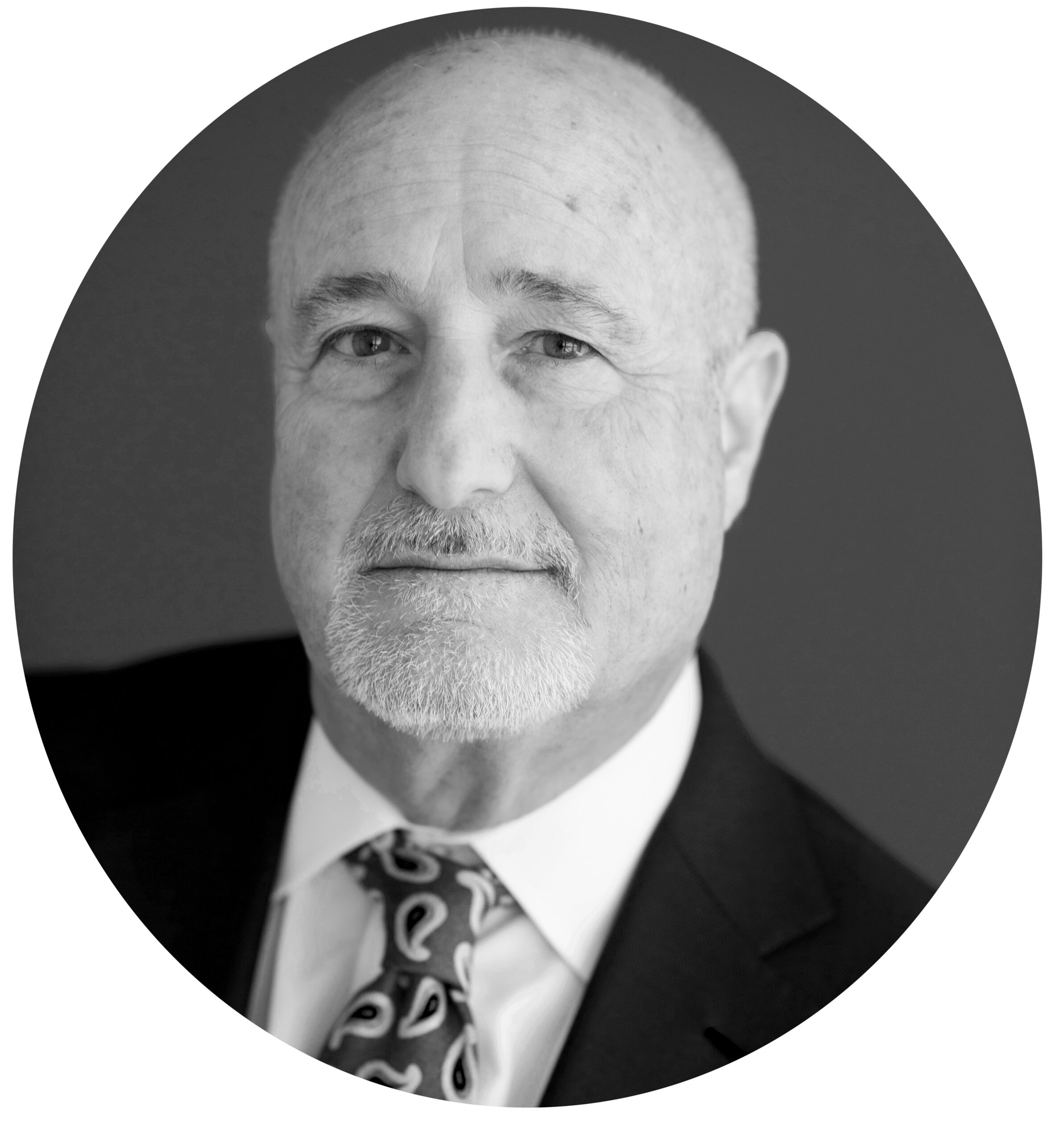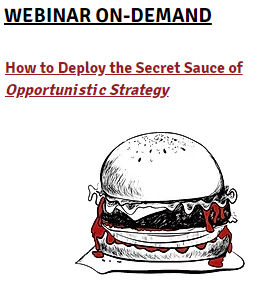It’s Friday night. After leaving the restaurant you turn onto the sidewalk and walk down the street. Ah, an art gallery! You wander inside.
And there you see it on the wall: an original Pablo Kaplunsky! Four slashes of red paint over an inverted crocodile. You’ve got to have it; it’s only $14,000!
The patron who wandered in right behind you is staring at it, too. You hear him exclaim, sotto voce, “What crap!”
They say that beauty is in the eye of the beholder. So, too, is patient satisfaction.
But knowing this means that, first, you have to have a strategy behind satisfying patients and, second, that you have to maximize the touch points (in other words, adopt consistent tactics) that might (because you never know for sure) impact it.
What is satisfaction? How do we measure it? What’s the scale? And how, like a sneaky butcher, can we put our finger on it, adding a bit more weight to the pound?
As to strategy, who are you trying to please? Everyone? (Good luck…) A certain type of patient, perhaps one who values your services and pays on time?
As to tactics, they are only of real value if they are synced with your strategy.
Take, for example, the story of Paddy Lund, the dentist from Australia famous for turning his “best practices” dental practice with its normal reception area, high flow of patients, and so on, that all combined returned good dentist-level income and was at the same time driving him crazy, into an incredible boutique practice: No signage, locked entry doors and a whittled down patient list. He kept only those patients who valued his services, who paid on time, and who referred other similar patients. They were was his target audience and he designed a strategy to satisfy them while at the same time satisfying himself.
Lund assigned a permanent “care nurse” to each patient who greets them at the door, serves them tea and a pastry, leads them to a private treatment room, assists with the procedure, presents the bill and collects payment, and then sees the patient on his or her way with a goodbye bag of pastries. Result: Lund works half the time, earns a huge multiple over his prior “high” level, and is, gasp!, happy. And, from all accounts, so too are his patients.
It may well be that because of your specialty, you’ve got to take all comers — a primary care clinic affiliated with a university teaching program, for example. But the minimum you can do (and you should do more, far more) is to demand that your staff and the university create an atmosphere designed to exhibit caring and concern and respect to, at least, the standards of nearly all comers. If they refuse, their holding you to meet certain levels of patient satisfaction (as surveyed by them) is a cruel joke.
So, instead of walking into the art gallery you’ve walked into your physician’s office lobby.
No one greets you at the reception window. Rows of mismatched chairs give the impression that the place was decorated with the leftovers after an IKEA sale. There are three or four magazines for the 37 patient seats. A very large computer monitor on a table displays a static screen of text describing some procedure the doctor performs — the monitor also bears a 4 x 6 sticker, placed askew, warning you not to change the channel.
How does sitting in that lobby for 40 minutes impact patient satisfaction?
What does any of that have to do with the expertise of the medical treatment? Maybe nothing.
But people don’t separate the elements of an experience in weighing their levels of satisfaction. It’s all related. Understand that and play to it.
It’s not actually cheating.




